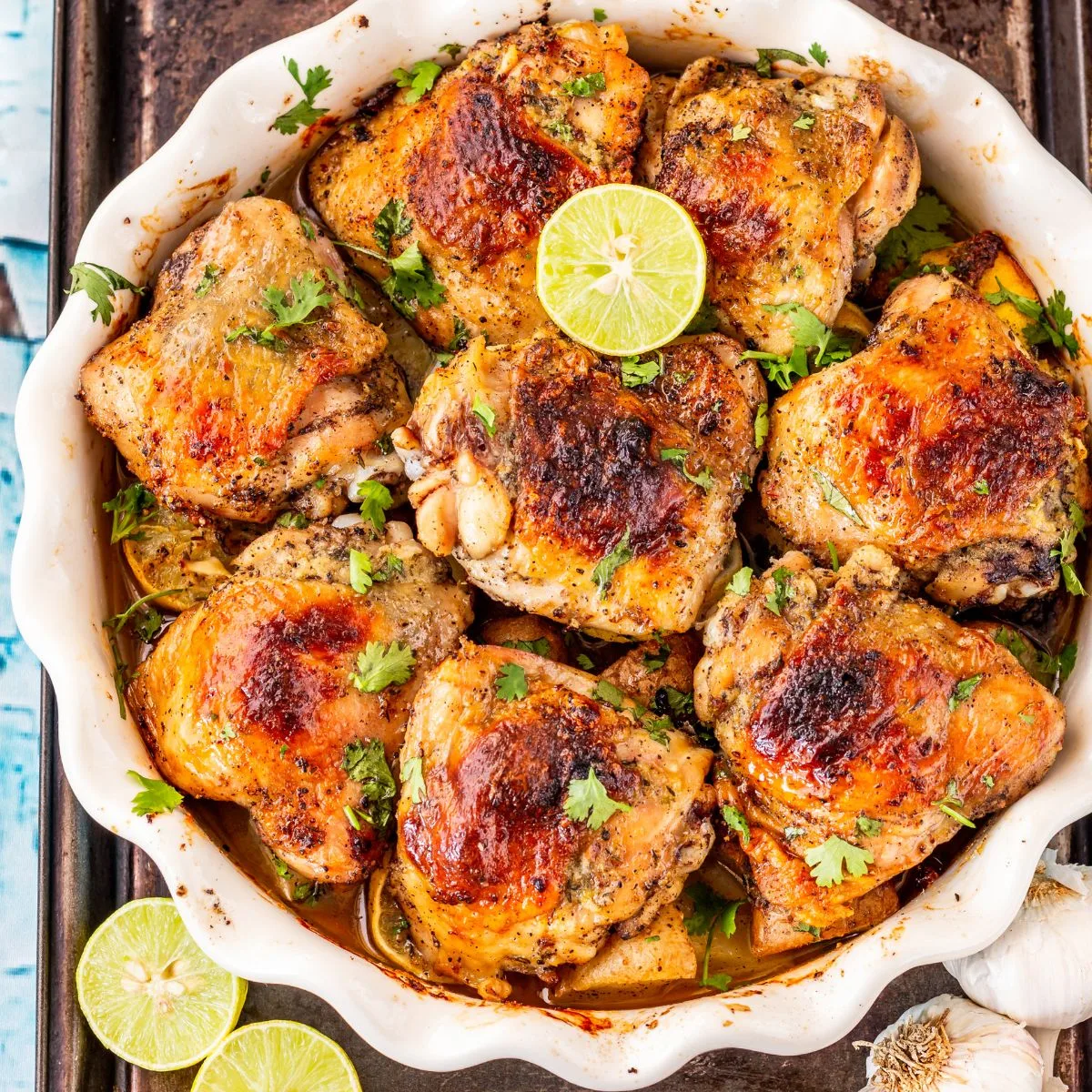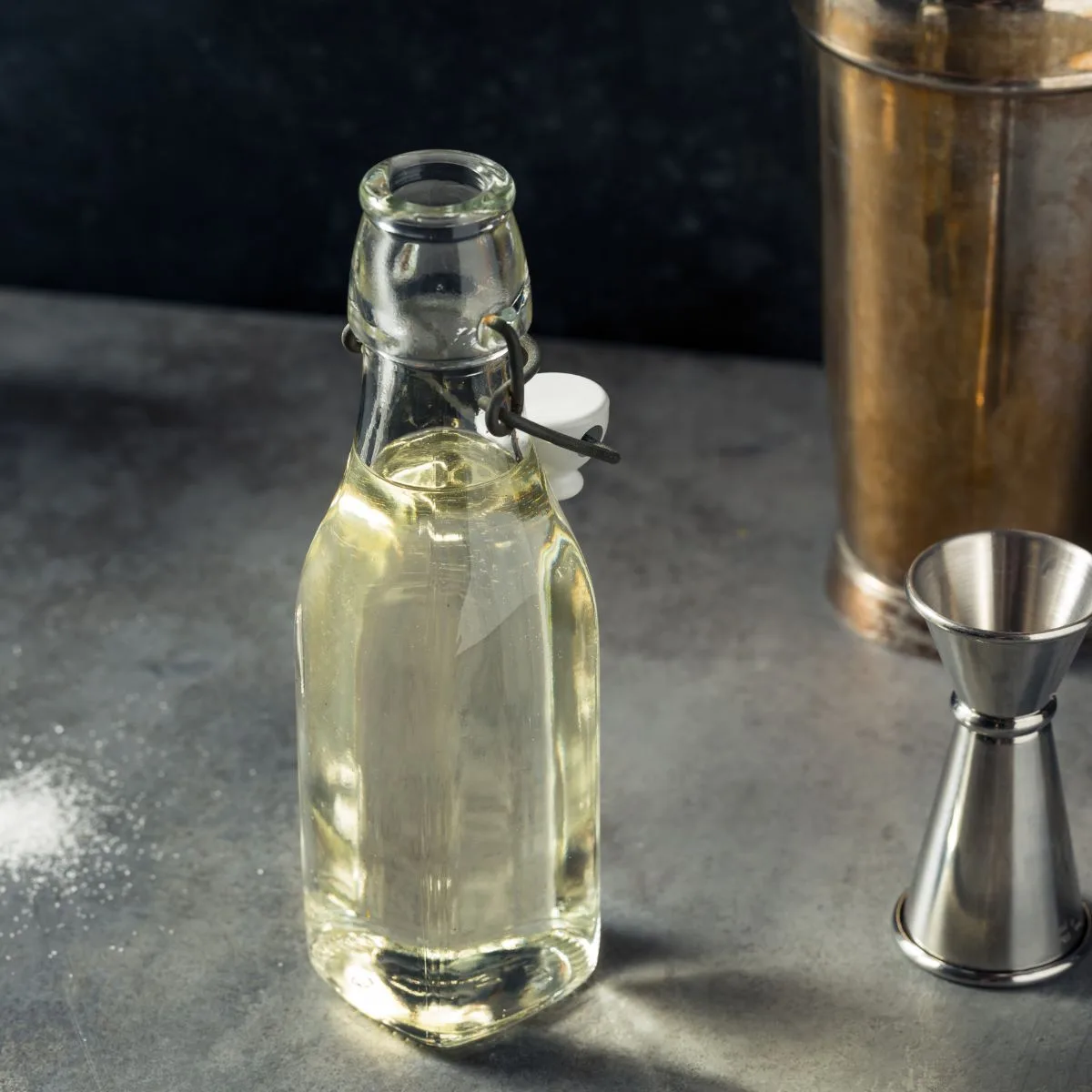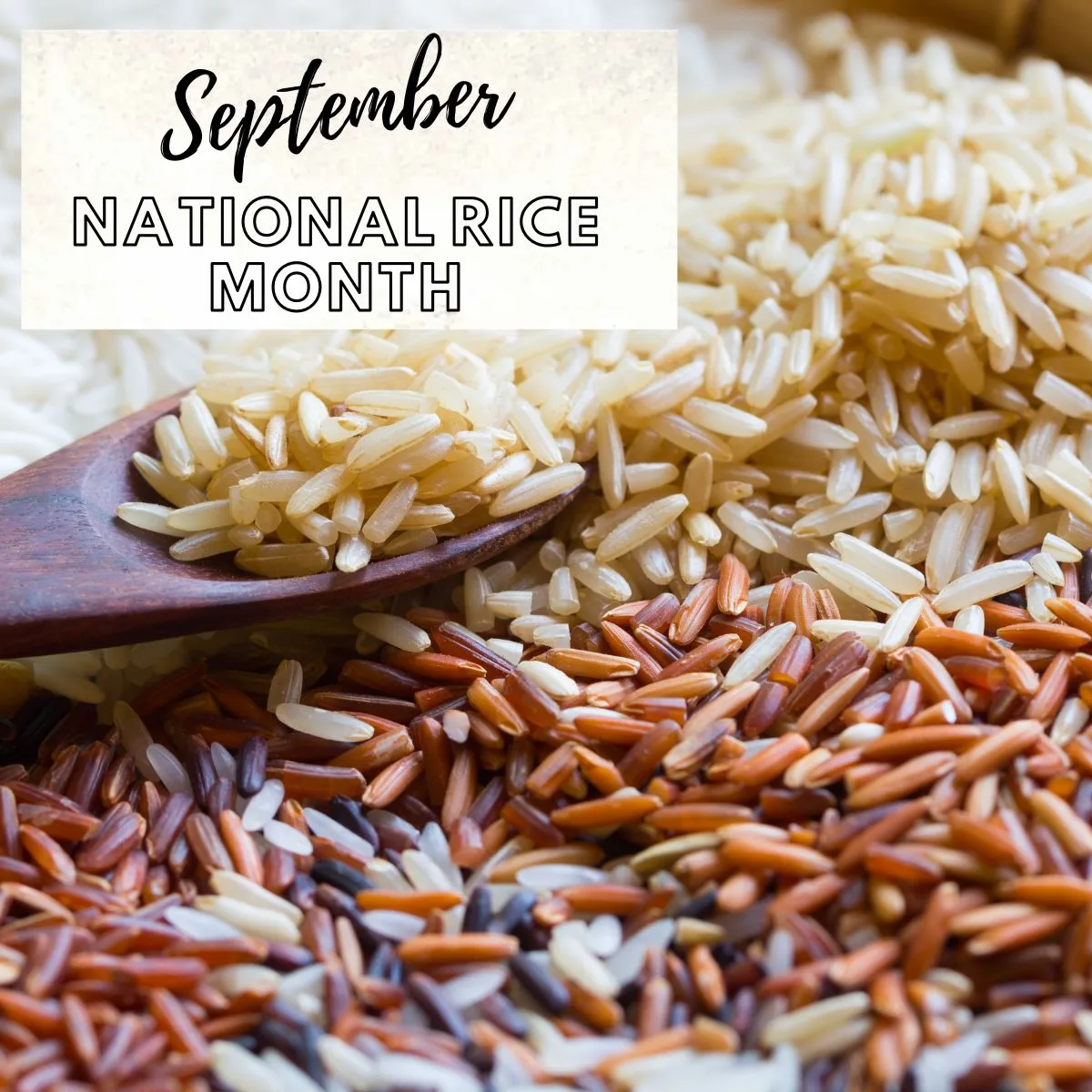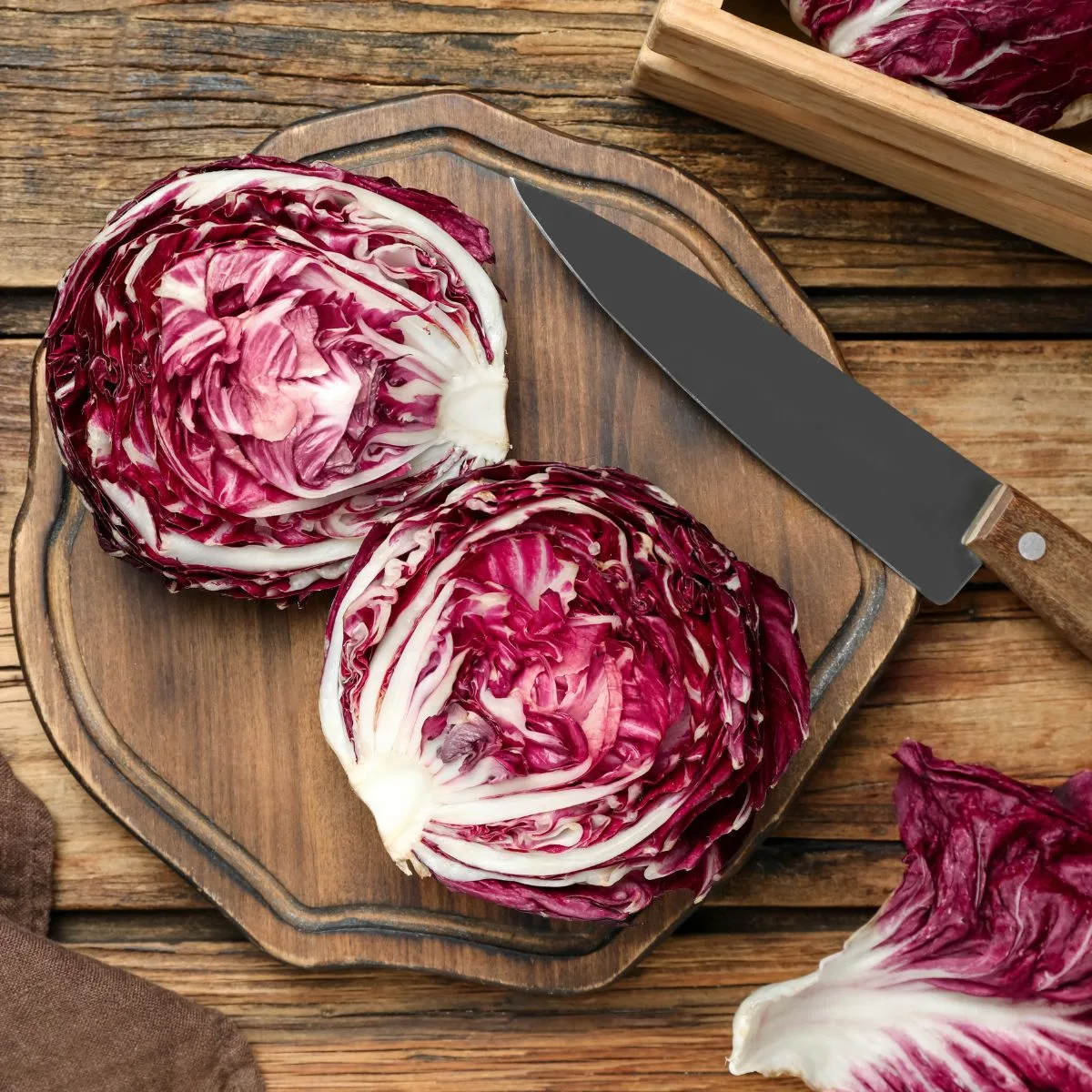How to Pick a Watermelon – 7 Easy Steps
Are you looking for the ultimate summertime fruit? Look no further than the juicy and refreshing watermelon! Keep reading to learn how to pick a watermelon that you will love to eat or use in a recipe.
This versatile fruit is perfect for any occasion and is packed with health benefits such as vitamins A and C, potassium, magnesium, fiber, antioxidants, and hydrating water.
But with so many questions, such as how to know if a watermelon is ripe, juicy, and sweet, picking the perfect watermelon can be overwhelming. Fortunately, we have some tips to help you out. When looking for a watermelon, examine the colors and texture of its outer layer, examining the “field spot” for ripeness, checking the stem for maturity, and looking for webbing for sweetness. Additionally, choose a heavier watermelon for a sweeter taste and be careful when cutting this delicious fruit. When it comes to picking the shape of the watermelon, either round or oval is fine as long as they are evenly shaped with no dents. So, go ahead and add this delightfully refreshing fruit to your summer must-haves and check out our watermelon recipes, including our delicious Watermelon Mint Salad!

Look at the watermelon colors and outer texture
The colors of a watermelon are usually shades of green and yellow with a striped design. The best watermelons are ones with deep dark green and light, creamy yellow stripes. The outer layer of the watermelon rind that is visible should be dull. If it is shiny, it is most likely not very ripe.

Examine the watermelon field spot
What is the “field spot” you ask. The field spot is the discolored spot of the watermelon that is created as it sits in the field. This spot is an indicator of the watermelon’s flavor. This field spot should be creamy, yellow and on the light orange side. The darker the field spot the riper the watermelon. If the field spot is more towards the white or light-yellow shade, it may not be the best watermelon to buy since it may be light in flavor.
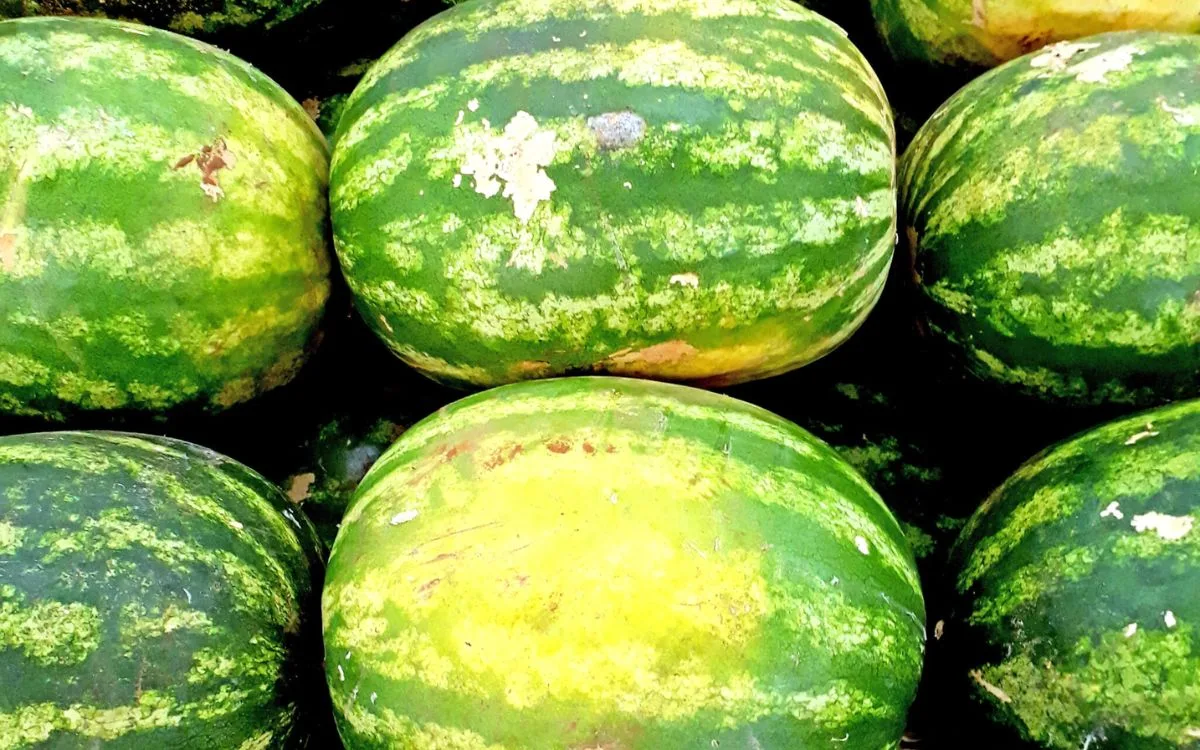
Watermelon stem
If the watermelon has a stem, which many in grocery stores do not, it should be dry and brown. A dry stem indicates that the watermelon is mature and had time to ripen. If the stem is green, it may have been picked too soon and may lack sweetness. If a watermelon is missing the stem, then examine the stem area, it should be dry and brown.
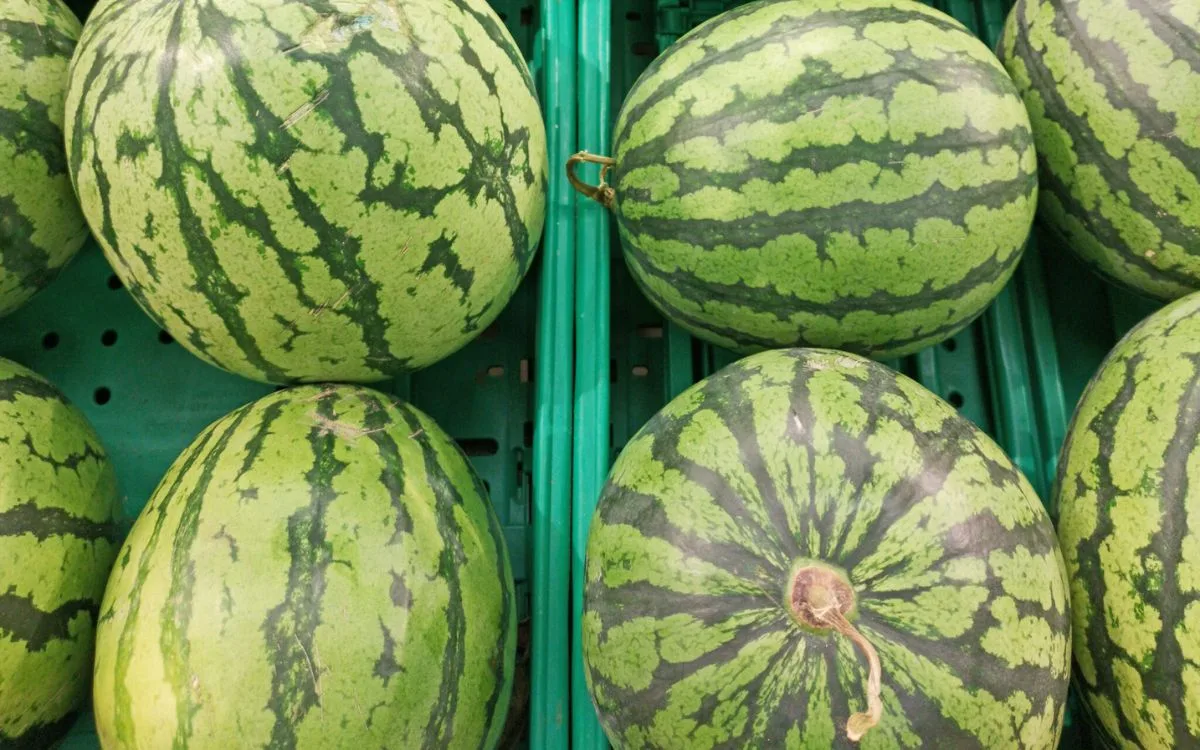
Watermelon webbing or veining
Look for dry webbing on the outer rind of the watermelon. If you find these dry lines, it is a good sign. These dry webbings are created from the sugar that seeps out of the watermelon. The more webbing or veining on the outer layer of the watermelon, the sweeter the fruit should be.
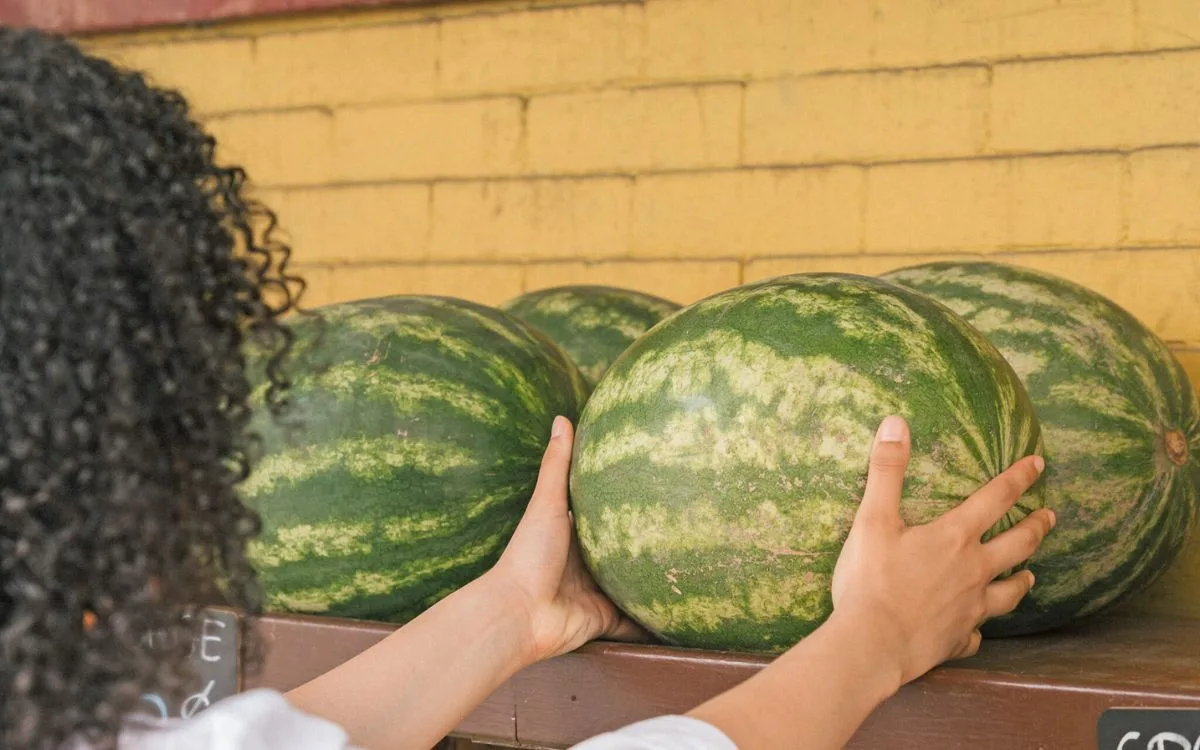
Watermelon Weight Matters
Choose a watermelon that seems to be heavier for its size. The heavier the watermelon the more water it contains. High water content usually leads to a sweeter, juicier watermelon. Watermelon weight is important.
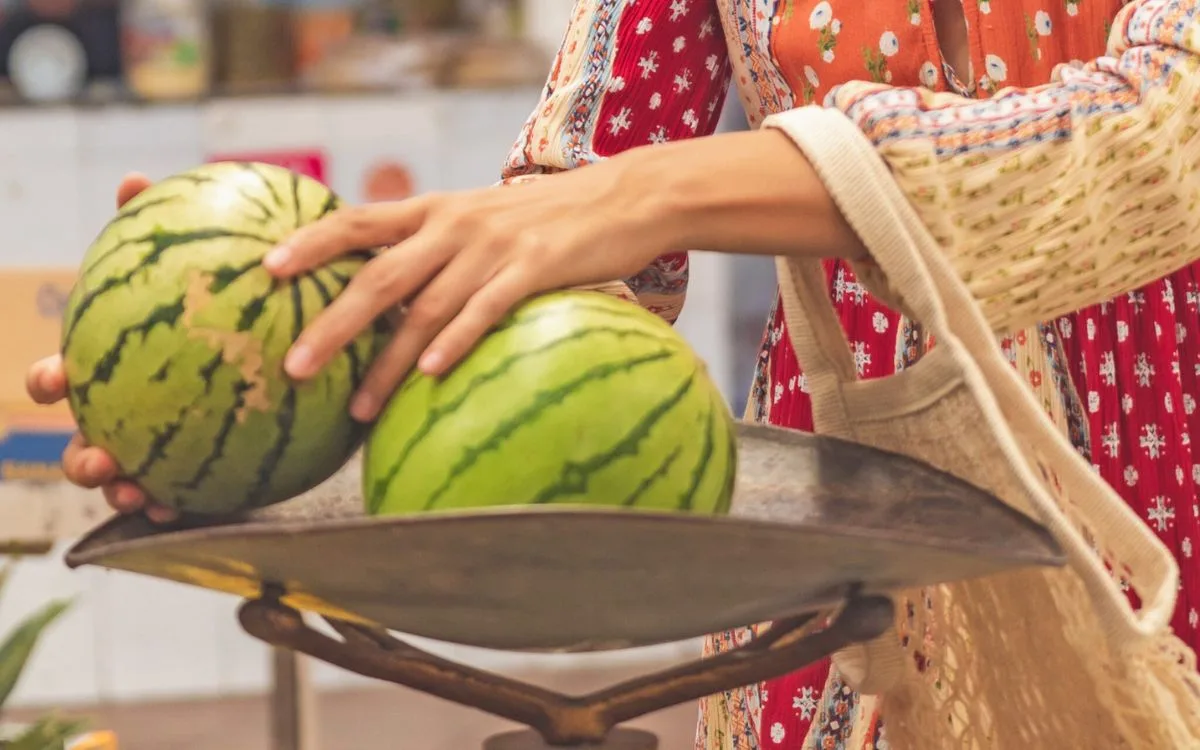
Watermelon shape – Round or Oval which shape is better?
It depends on the watermelon you are buying. Small watermelons, such as pixie watermelons, are usually round and seedless. If you are looking for small watermelons, choose a rounder, more evenly shaped watermelon. Oval shaped watermelons such as picnic watermelon, tend to be large and heavy. If you are looking for oval watermelons, choose an evenly shaped oval watermelon. Either shape is fine as long as it is as perfect of a shape as it can be, and it does not have uneven dents, or its miss shaped.
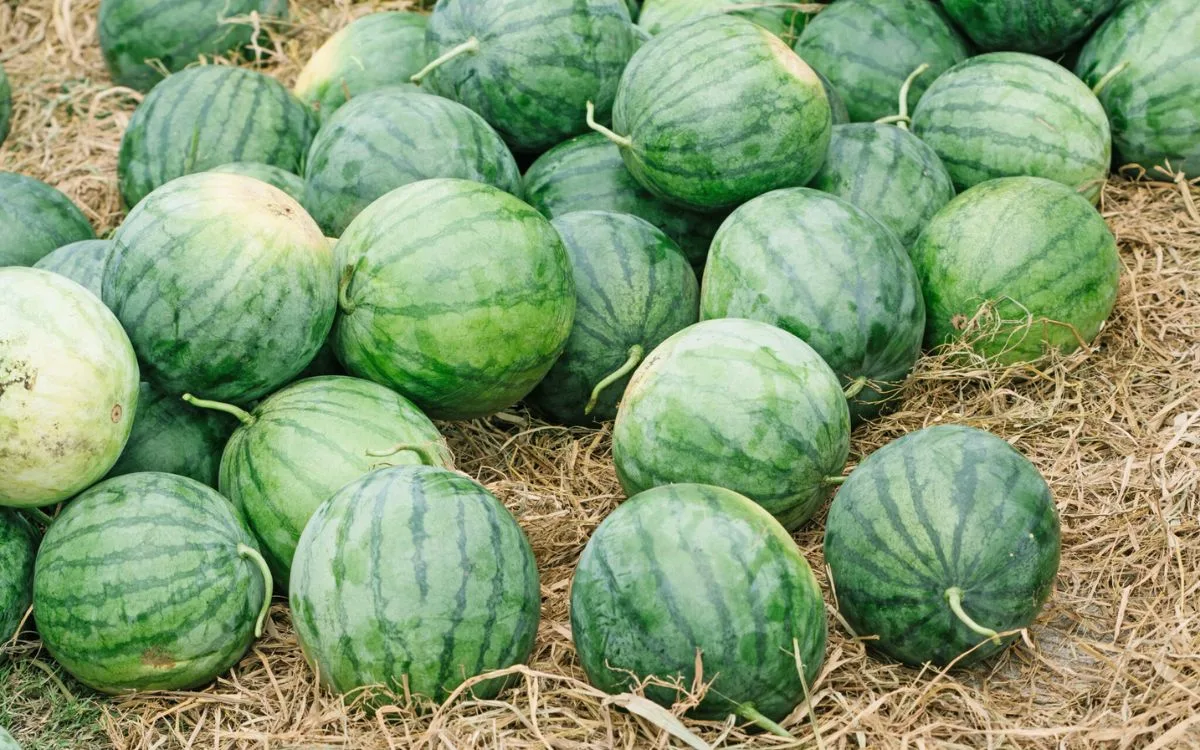
When is watermelon in season?
As with any fruit, the best time to buy watermelon is when it is in season. Watermelon is synonym with summer. Naturally the best time to enjoy the sweetest, juiciest watermelon is during the summer months. The tastiest watermelons can be enjoyed between May and September.
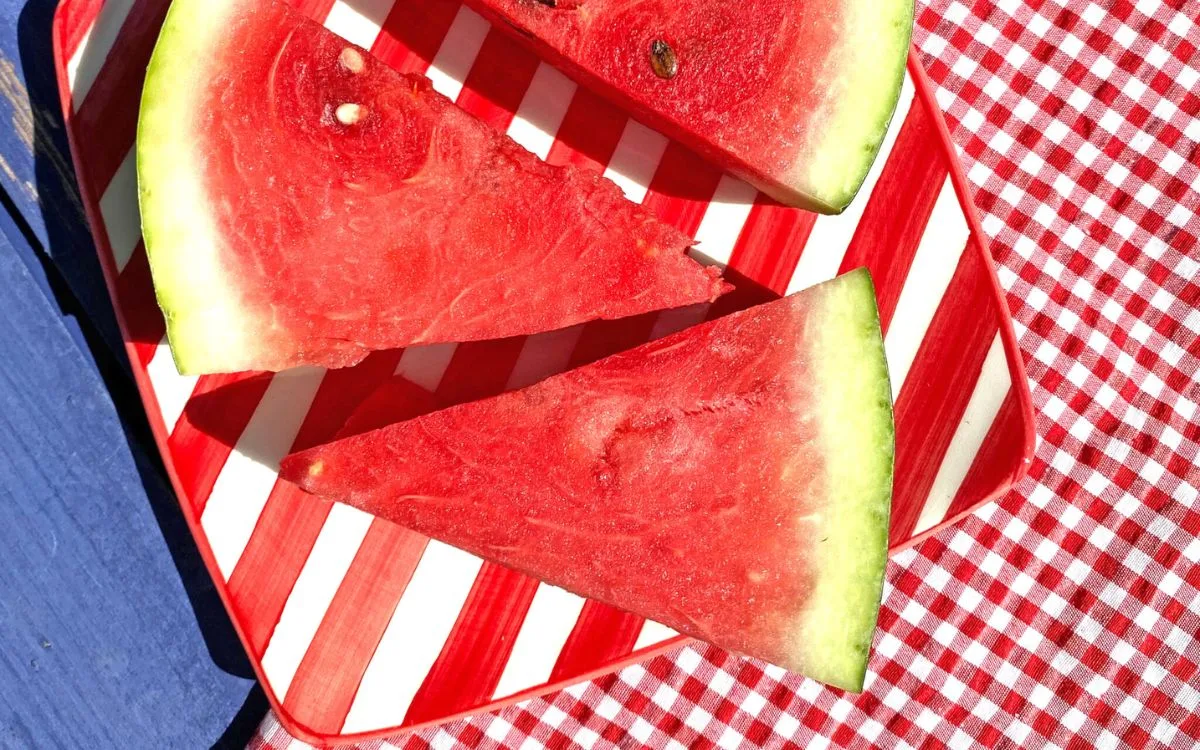
Now that you know exactly what to look for when shopping for that perfect watermelon, may we suggest some of these tips:
- Wash the watermelon thoroughly with dish soap or fruit rinse designed for washing fruit. Even though you are not eating the outer rind of the watermelon, it has been handled by many hands and it has been in many places. You are cutting into it and you do not want to eat the bacteria that may be spread onto the fruit.
- Be careful when cutting the fruit. The rind can be thick and hard to cut through. Place the watermelon onto a non-slippery surface and cut in half first, then in half again. Use a large sharp knife and use caution.
Looking for summer watermelon recipes? Try our refreshing Watermelon Mint Salad. Need more inspiration, take a look at our Recipes with Watermelon collection.
We hope you found this article helpful and answered the how to pick a watermelon question that so many readers have.
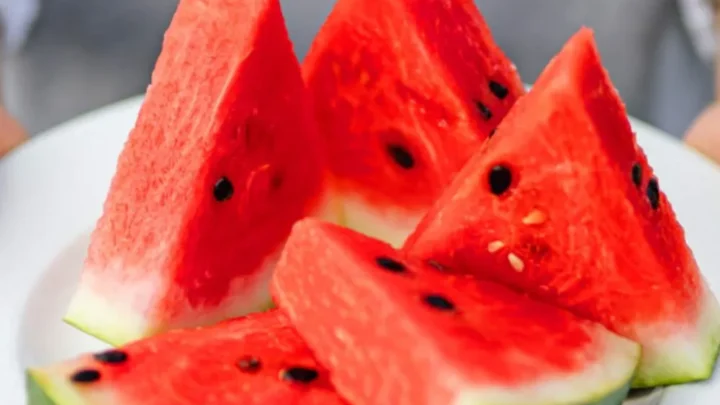
How to Pick a Watermelon
How do you know if the watermelon is juicy, sweet, ripe and not mealy on the inside. Is round watermelon better than oval? Does watermelon weight matter? What is that yellow spot on the watermelon? Ah, so many questions and we have the answers
Materials
- Ripe Watermelon
Tools
- Scale
Instructions
- Look at the watermelon colors and outer texture.
- Examine the watermelon field spot.
- Look for the watermelon stem.
- Feel the weight of the watermelon.
- Look at the shape of the watermelon.
- Buy watermelon in season.

